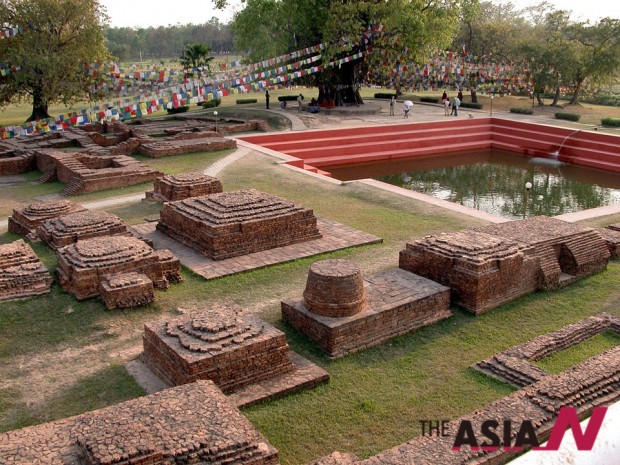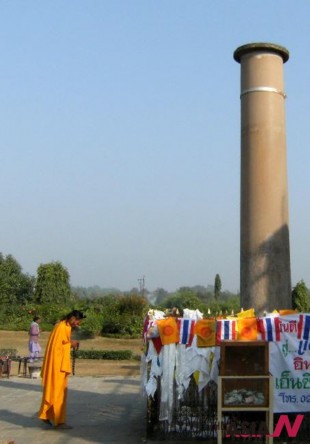Nepal’s Lumbini: Birthplace of Buddha, Sacred Ground for Buddhists
Lumbini is the birthplace of Siddhartha Guatama, Buddha himself, in the 6th century. One of the four most important places for Buddhists, it was designated as a UNESCO World Heritage Site in 1997. Through the Nepalese government’s Lumbini Development Trust Fund, the region is experiencing “Lumbini Renaissance”.
King Suddhodana and Queen Maya Devi of the royal Shakya clan, people from the southern region of the Himalayas, did not have a prince for a long time. One day, Queen Maya Devi had a amazing dream. When she woke up from her dream, she realized that she was bearing a child. On her way to her family, while she was taken away by the breathtaking views of Mount Lumbini, she felt labor pains and gave birth to Siddhartha, while holding a branch of a Sala Tree in the Garden of Lumbini. Siddhartha, who lived in Kapilavastu for 29 years, left his child and wife to gain self-enlightenment and became a Buddhist monk. Turning 35, he was able to reach enlightenment under the Peepal Tree. Siddharta was able to realize the truth, gathered five followers, forming religious ideology, beliefs, and a religious system. He went on to go to the Magadha Empire, located in the Northeastern part of the present day India and Nepal, to propagate and spread the truth that he had achieved. He reached Nirvana in Kushinagar at 80 years old.
Ashoka, the third king of the Maurya Empire, the first unified kingdom of India, a devout Buddhist himself, went to Lumbini in the year 249 and erected a stone pillar as evidence that Lumbini is the birthplace of Buddha. In 1896, German archeologist Alois Anton Feuhrer discovered the stone pillar of King Ashoka and has shed new light to the significance of Lumbini. Apart from the stone pillar, he discovered various relics and evidence related with Buddha and his mother, Queen Maya Devi. In the surrounding area, places such as the temple where remains of Queen Maya Devi lay, as well as Puskarni pond, believed to be the place where the late queen took a bath, are already widely known to Buddhists. The discovery of the “flawless stone” by the German archeologist became the ultimate evidence that Lumbini is the birthplace of Buddha.
Lumbini is known to be a hot area of dispute between India and Nepal. During the British occupation of India, the British had identified the birthplace of Buddha as India. Lumbini, even before the Indian identification of the British, was already competed between Nepalese and Indians. To further prove the claim of Nepal to Lumbini, the former Nepalese broadcaster Rabi Lamichhane held a live talk show for 62 hours and 12 minutes with News24 Television in Nepal, inviting guests and experts to talk about Lumbini from April 11 to 13, 2013. It consequently became the “World’s Longest-ever Television Talk Show” registered in the Guinness Book of World Records.
In the early part of this year, in Tilaurakot, southern part of Nepal, Professor Robin Coningham of Durham University with a joint UK-Nepal exploration team discovered the royal sites of King Shuddhodana, Buddha’s father, providing more evidence that Buddha was born in Nepal. However, considering the fact that Buddhism widely spread during the Maurya period, India as the place of origin of Buddhism cannot be discounted. Even with the dispute about the birthplace of Buddha, the teachings that he has left will continue to live in the hearts of humanity. Written by Lee Joo-hyeong Reporter, Summary by Rigoberto Banta Jr.































































